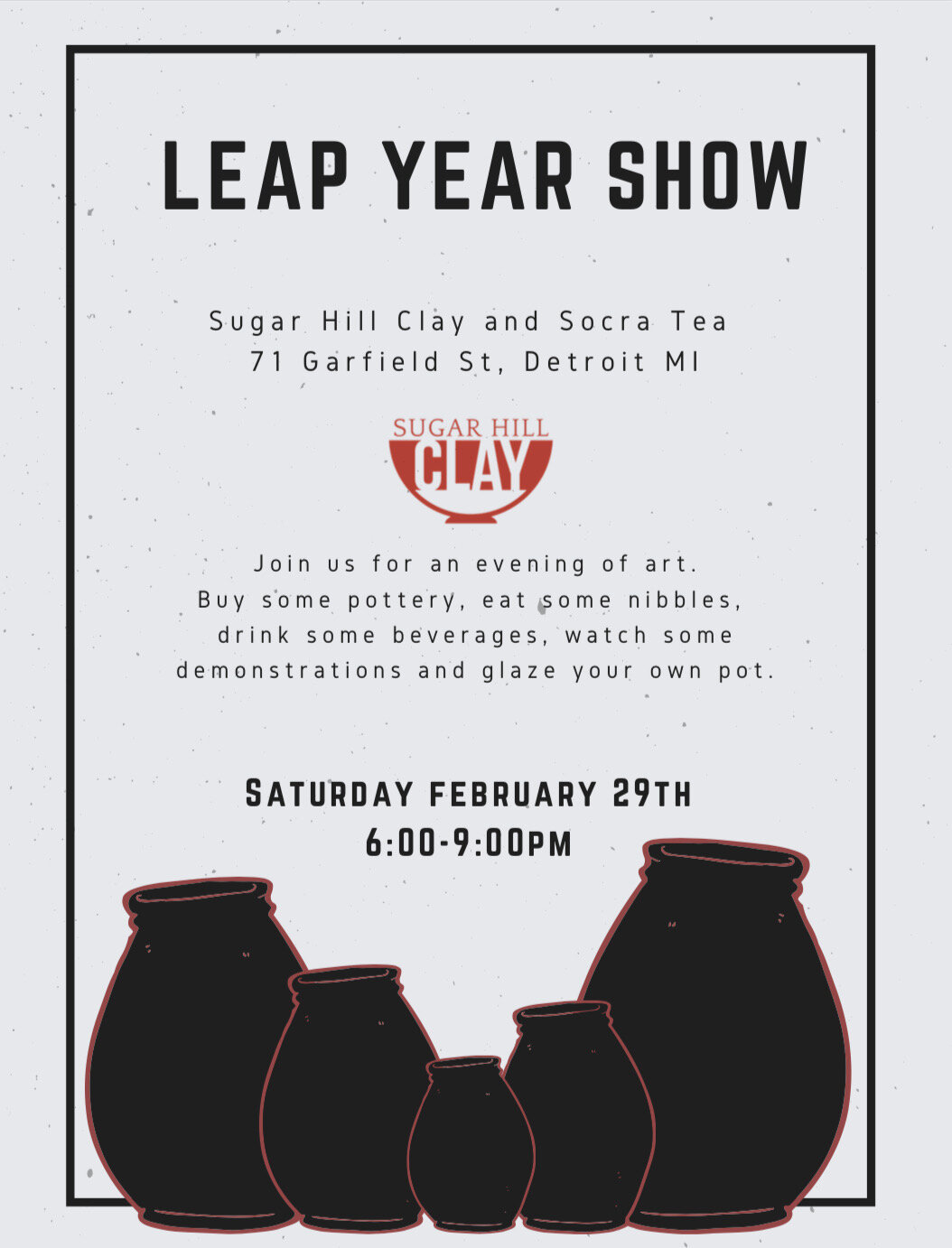Don’t miss the recent Redfin article I was featured in
Photo by Ray Im

Thursday-Saturday 12pm-7pm
Sunday 12pm-5pm
Through March 2021



The Great Lakes Art Festival website has been created to help the many fantastic Michigan artists who would normally be exhibiting their work at the hundreds of art shows held around the Great Lakes through the course of the year. Especially those artists who don't have other venues to showcase and sell their work.
Four pieces of my most recent work are a part of the Great Lakes Art Festival. Although they are not currently for sale, I hope to update this soon! Take a peek!

Hard to Choose, Hard to Lose features over 25 Detroit artists including Brandon Altman, Austen Brantley, Cydney Camp, Josué Emmanuel Fierro, Laura Gibson, Ryan Herberholz, Waleed Johnson, Lauren Kalman, Joshua Kochis, Jennifer Lindemer, Laurie Longtin, Lorenzo Lorenzetti, Ian Machett, Miles Marie, Luke Mack, Nosey42, Hayden Richer, Sareytales, Marshall Sass, John Sippel, Rebekah Sweda, Darryl DeAngelo Terrell, Rachel Elise Thomas, Zach Thompson, Wade Tullier, Joanie Wind and Rosamaria Zamarron.
The title speaks to the difficulty in choosing the artists amongst many submissions that demonstrated artistic potential and excellence and also references the initiative’s timeliness in light of the Coronavirus pandemic, which has directly impacted artists.
The arts —although widely considered a luxury market—is one of the hard-hit industries when the economy stands on shaky ground. Artists and their work hold the power to simultaneously inspire and heal, making it especially worth celebrating and supporting now.
A portion of all artwork sales from Hard to Choose, Hard to Lose will be donated to Gleaners Food Bank.

Temmoku clay and porcelain slip
6x11x14 inches
2020
This is the first piece I made when my kitchen became my quarantine clay studio. It is a sculpture made by using a coil and pinch technique. Since I can’t glaze or fire, I gave the surface extra attention. All of the pieces I have made during quarantine have been decorated with slips or finished by burnishing. For this sculpture, I left the texture from the pinching movement of my hands and accentuated it with white porcelain slip.

Doris Salcedo
A Flor de Piel
12 feet 2 13/16 inches x 92 1/16 inches
Rose petals and thread
2011-12
“Since the mid-1980s, Doris Salcedo has addressed the effects of criminal and political violence through sculptural works and installations that bear witness to death, loss, and pain. Collecting testimonies from individuals living in rural Colombia, she both honors the memory of lives lost and contemplates the frequently invisible nature of trauma.”
I first saw Salcedo’s work in person at the Institute of Contemporary Art in Boston in the late Summer of 2011 during the exhibition ICA Collection Sep 3, 2011-Mar 4, 2012.
Doris Salcedo
1989
Wood, concrete, metal, and cloth
38 1/2 x 16 3/4 x 17 3/4 inches
Doris Salcedo
1996
Drywall, shoes, cow bladder, and surgical thread
47 x 83 1/16 inches
Doris Salcedo
1989
Wood, concrete, metal, and cloth
38 1/2 x 16 3/4 x 17 3/4 inches
Doris Salcedo
2004–05
Stainless steel
43 x 46 x 31 inches
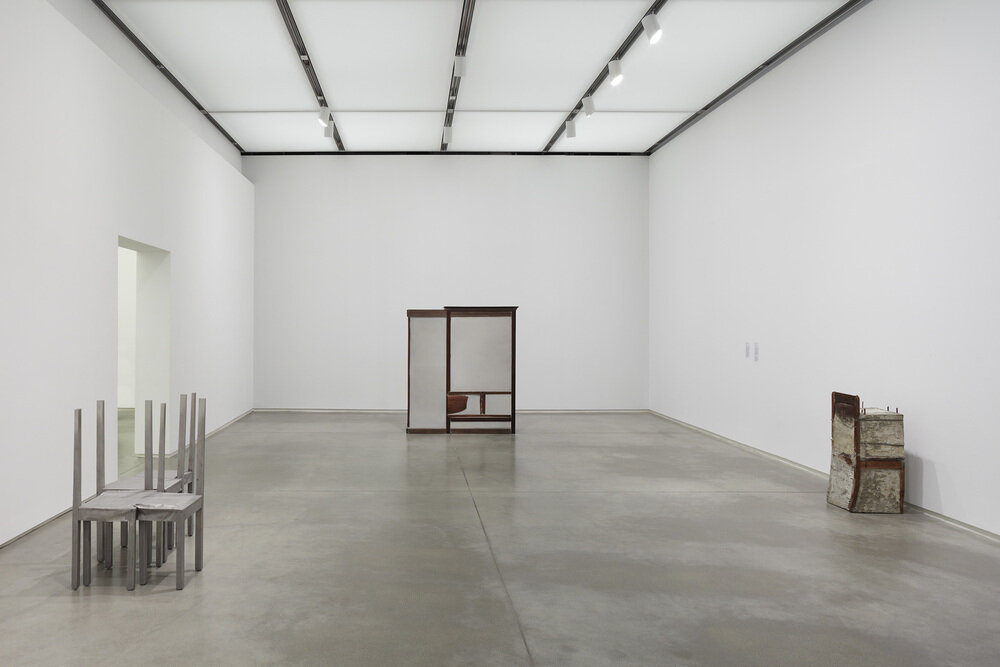
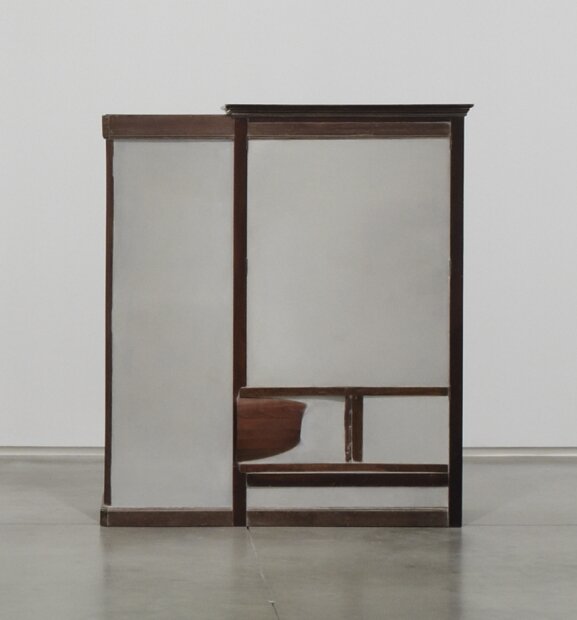
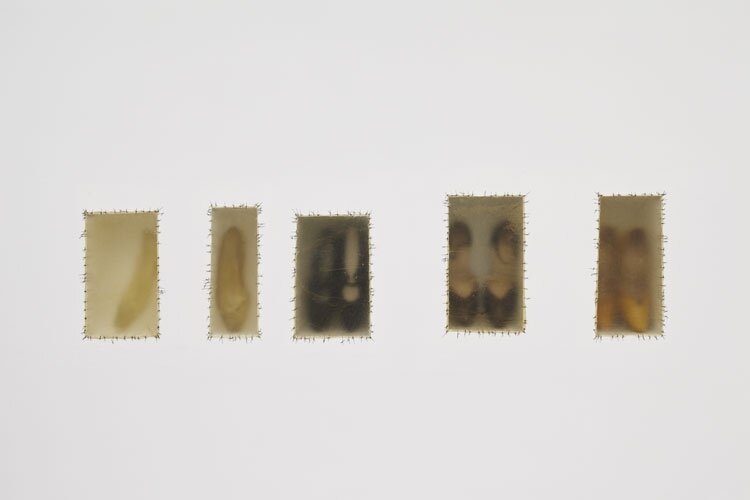
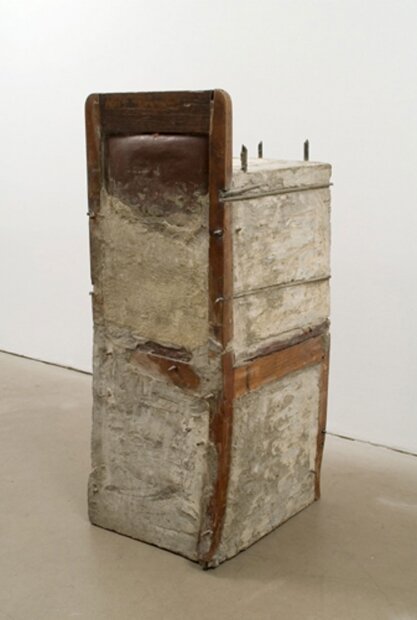
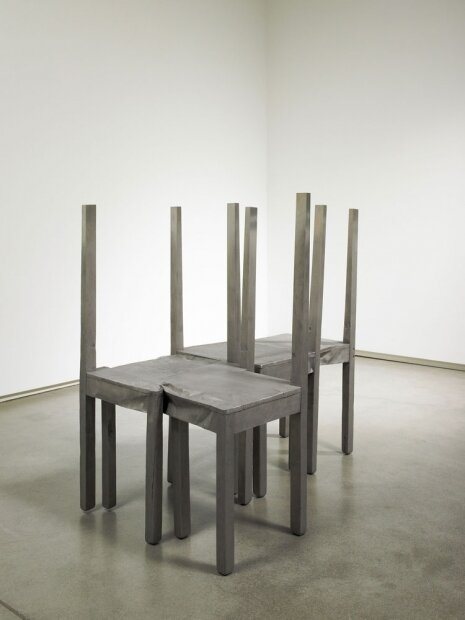
On November 2nd, 2016 I was fortunate enough to see Doris Salcedo speak at the Harvard Art Museum. This was the opening celebration for her exhibition The Materiality of Mourning. It was on view November 4th 2016 - April 9th 2017.
“Salcedo describes A Flor de Piel as a shroud, an offering of flowers to a Colombian nurse who was kidnapped and tortured to death. Composed of thousands of treated, preserved, and hand-sewn rose petals—the most fragile material the artist has yet employed—the work forms an expansive, delicate textile that uncannily evokes the victim’s body beneath the rumpled drapery. Salcedo devised a way to force this fugitive matter to remain suspended in time, neither dead nor alive, fresh nor withered. The petals are the color of drying blood, their veins, edges, and sutures marking the surface like creases, freckles, and scars on skin. This skin made of roses presents an ephemeral materiality: not quite an object, but a performative expression of the absent body; almost within reach, but ultimately impossible to touch in its impermanence.”
There is a poignant sense of grief and loss when viewing theses works. Salcedo’s creation of this rose fabric and use of silk in her Disremembered pieces recalls how adept cloth is at expressing pain.
A Flor de Piel runs parallel to “Cosmia” in my mind.
“Dried rose petals, red brown circles, frame your eyes and stain your knuckles.”
Within the creation of the rose shroud as an object of protection and and the navigation of loss in “Cosmia”, there is a harmonization between becoming and ending. A conversation begins between the living and death. I cannot prevent, but I can protect.

House
Beeswax and steel
6x6x6 inches
2019
House (above) was informed by watching the documentary Rachel Whiteread, House (below).
I became interested in revealing inner structures. I made a plaster mold of a clay cube, soldered a steel 3D grid, and used the mold to coat the steel in a layer of beeswax. The structure inside the wax cube becomes visible through the thin skin of beeswax.
Process photos of creating this piece and the Documentary: Rachel Whiteread, House (1993) video are available below.
I made this video tutorial on how to make a coil built sake set for Paint Creek Center for the Arts.
See more videos by PCCA’s faculty on their Facebook!
Unfortunately, the Spring session at Paint Creek has been canceled.
At 5 PM today, Tuesday April 14th, there is a PCCA Ceramics Zoom meeting. Anyone who had registered for the Spring session is welcome to join! If any students didn’t receive the link to the meeting, let me know and I can email it to you.

Vanishing
2020
Ceramic, cheesecloth, underglaze, and glaze.
In the 2019 book, Trick Mirror by Jia Tolentino, she references Simone Weil and the desire to vanish:
“The word “decreation” is Weil’s term for the process of moving toward a love so unadulterated that it makes you leave yourself behind. “Perfect joy excludes even the very feeling of joy,” she writes. “For in the soul filled by the object no corner is left for saying ‘I.’ ” She dreams of vanishing, but this fantasy reinscribes the dazzling force and vision of her intellectual presence. It’s a “profoundly tricky spiritual fact,” Carson writes, describing Weil’s quandary. “I cannot go towards God in love without bringing myself along.” Being a writer compounds the dilemma: to articulate the desire to vanish is to reiterate the self.“
In relation to this paradoxical articulation of the desire to vanish, I have created multiple hand-built and wheel-thrown sculptures. They are decorated in cheesecloth, which is covered in black underglaze. During the kiln firing the cheesecloth burns out, or vanishes, while the record of this action in underglaze is left on the surface.



